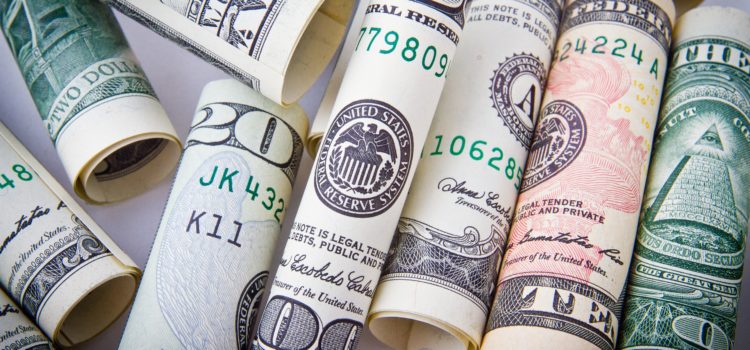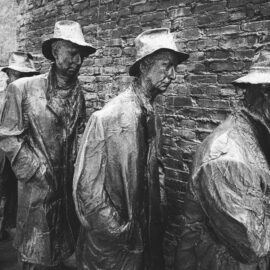

This article is an excerpt from the Shortform book guide to "The Total Money Makeover" by Dave Ramsey. Shortform has the world's best summaries and analyses of books you should be reading.
Like this article? Sign up for a free trial here .
What is baby step 2 of the Total Money Makeover program? What is the Debt Snowball?
Baby step 2 is to pay off your debts. You start with the smallest debt and work up from there.
Read more about baby step 2 of the Total Money Makeover program.
Baby Step 2: The Debt Snowball
The big problem with debt is that it ties up your income with making payments, which keeps you from building wealth. You need to get rid of debt so you have control of your income and can put it to work for you, which is the purpose of baby step 2.
It’s fairly easy to accumulate wealth when you don’t have car payments, a mortgage, and credit card or medical debt. To see how this works, consider the average person with a $50,000 annual income and the following payments:
- $850 house payment
- $180 car payment
- $165 student loan payment
- $185 credit card debt payment
- $120 other payments
Total: $1,995
But if you invested $1,995 a month in a growth-stock mutual fund, you’d be a millionaire in 15 years; it would grow to $2 million in five more years, to $3 million in three more years, $4 million in two and a half more, and to $5.5 million in two more years—a total of 28 years.
The key is to get out of debt so you can start investing. This is probably the toughest of the money makeover steps—it requires the most effort and sacrifice, plus your relentless, single-minded focus.
The Debt Snowball Process in Baby Step 2
The debt snowball method in baby step 2 is the way to pay off debt. It’s easy to understand, but it takes effort and commitment to pull it off. Tens of thousands of Total Money Makeover converts have proven it works. There are two steps:
1) Make a list of your debts, in order from the one with the smallest balance to largest. Exclude only your mortgage, which will be addressed in another step, described in Chapter 11. A form is available for downloading here.
2) Each month, apply every extra dollar you have to the smallest debt until it’s paid off. Make the minimum payment to stay current on all other debts.
After the smallest debt is paid, apply the payment you had been making on it, plus any additional money you have, toward paying off the next smallest debt. When the second debt is paid off, apply the payment amounts from the first two debts, plus any other money you can find, to the third debt on your list, and so on.
Each time you pay off a debt, you increase the amount you can pay on the next one—your payments continue to snowball until your debts are paid off.
Starting with the smallest debts gives you some quick wins to motivate you, and by the time you get to the largest payments, such as car payments and student loans, you’re in a position to pay over $1,000 a month. You’ll soon be debt-free except for your mortgage.

———End of Preview———
Like what you just read? Read the rest of the world's best book summary and analysis of Dave Ramsey's "The Total Money Makeover" at Shortform .
Here's what you'll find in our full The Total Money Makeover summary :
- The 7 steps to achieving financial stability (you'll love #7)
- A fool-proof plan for becoming debt-free
- How myths about debt and money are crippling your financial health






